

Andrew Maclean
2025 Mahindra XUV 3X0 vs Chery Tiggo 4: Spec battle
1 Month Ago
The new Haval H6 feels two generations ahead of the old model, and has the Mitsubishi Outlander, Nissan X-Trail, and MG HS firmly in its crosshairs.
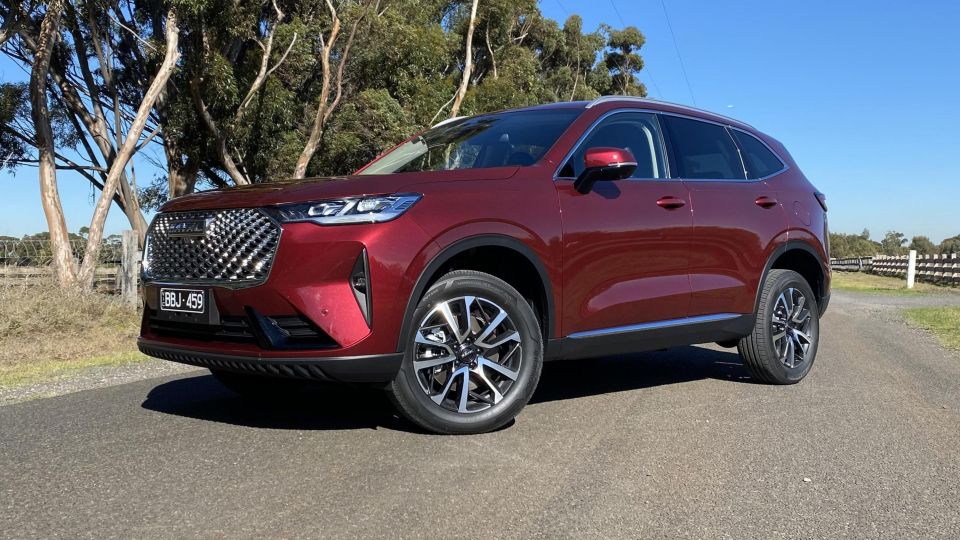
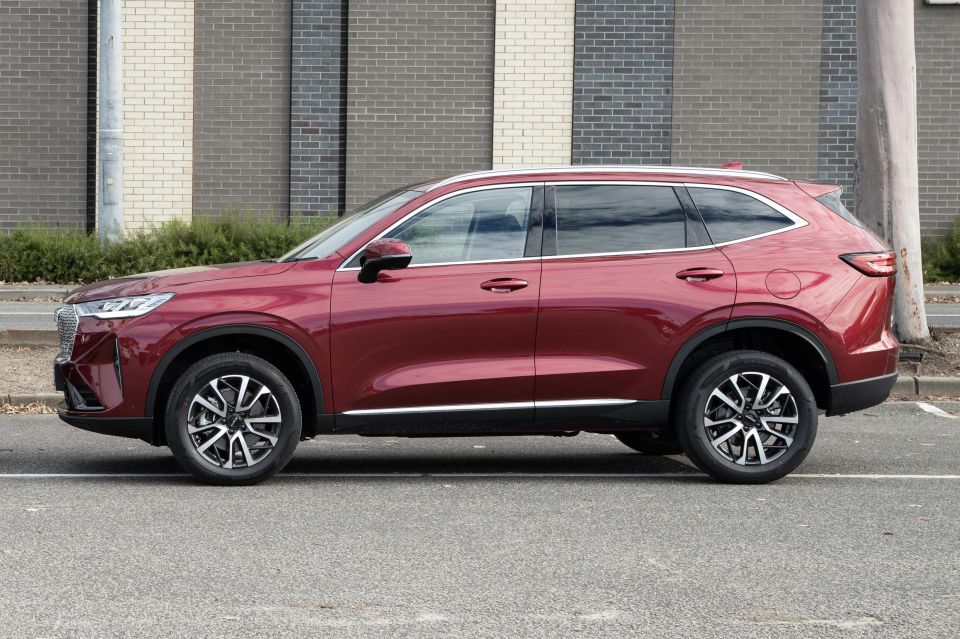

Senior Contributor
New from
$25,403
excl. on-roads

Senior Contributor
New from
$25,403
excl. on-roads


Senior Contributor
New from
$25,403
excl. on-roads

Senior Contributor
New from
$25,403
excl. on-roads
Quickly see how this car stacks up against its competition. Select any benchmark to see more details.
Where expert car reviews meet expert car buying – CarExpert gives you trusted advice, personalised service and real savings on your next new car.
Haval bills itself as China’s number one SUV brand, but it hasn’t enjoyed quite the same level of success in Australia since it hit these shores in 2015.
This GWM (Great Wall Motors) sub-brand claims to have sold some six million SUVs across more than 60 countries since its inception.
With products on the way such as the new-generation 2021 Haval H6 as tested here, plus the smaller Haval Jolion (formerly the H2), there’s a sense it now has the right products to make inroads here too.
The new-generation mid-sized H6 SUV replaces the outgoing model of the same name. But badge aside there’s not much in common between old and new.
It’s the first new Haval launched since the Baoding-based company pumped a claimed $3.7 billion into its R&D business six years ago.
As such it’s based on a new modular platform, and uses a new in-house drivetrain. Design was led by Phil Simmons, previously a studio director for Land Rover.
But is there substance below the glossy spiel? And is it worth considering such a little-known brand when there are more familiar options out there at similar prices – albeit with fewer standard features?

The H6 Premium front-wheel drive only (FWD) base model kicks off at $30,990 drive-away.
Next up is the mid-range 2021 H6 Lux FWD tested here at $33,990 drive-away, followed by the H6 Ultra range-topper at $36,990 drive-away. The Ultra also comes with the option of all-wheel drive (AWD) for $38,990.
How does this stack up? A base-level Mitsubishi Outlander auto costs $32,990 drive-away at the time of writing, a Nissan X-Trail $33,990, and a Kia Sportage $32,290. These are among the best-value offerings from established competitors.
The top-seller in this market is the Toyota RAV4, but a base GX auto costs $39,000 drive-away. An entry-level Ford Escape FWD can be had for $36,490 drive-away, more in line with the top-spec H6 but not short of spec either.
Other cheap mid-size SUVs worth considering are the mid-range MG HS that like the Haval comes from China, and the lesser-known SsangYong Korando, both of which kick off at $29,990 – so $1000 less than the Haval H6’s opening gambit.
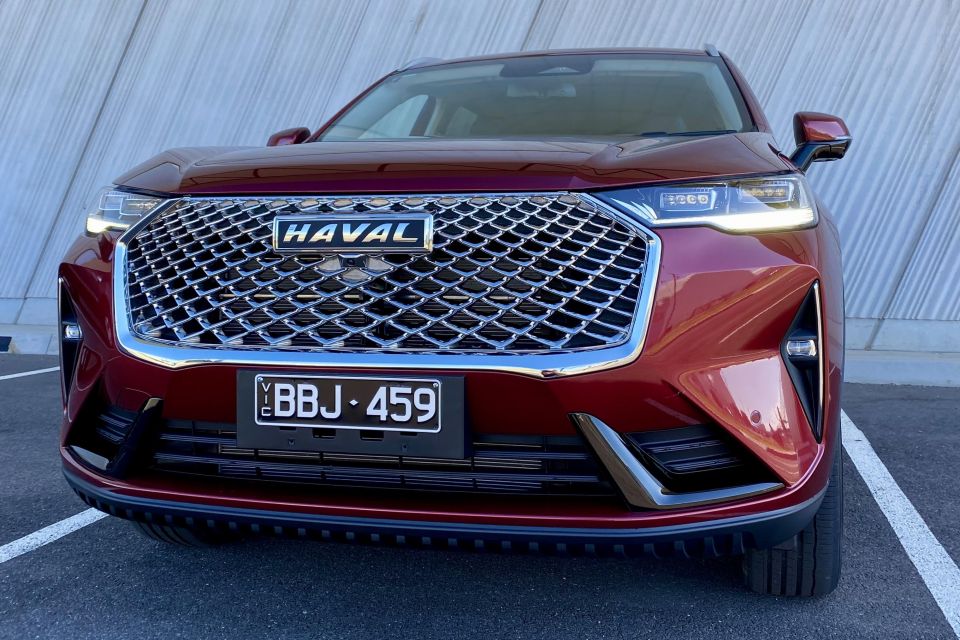
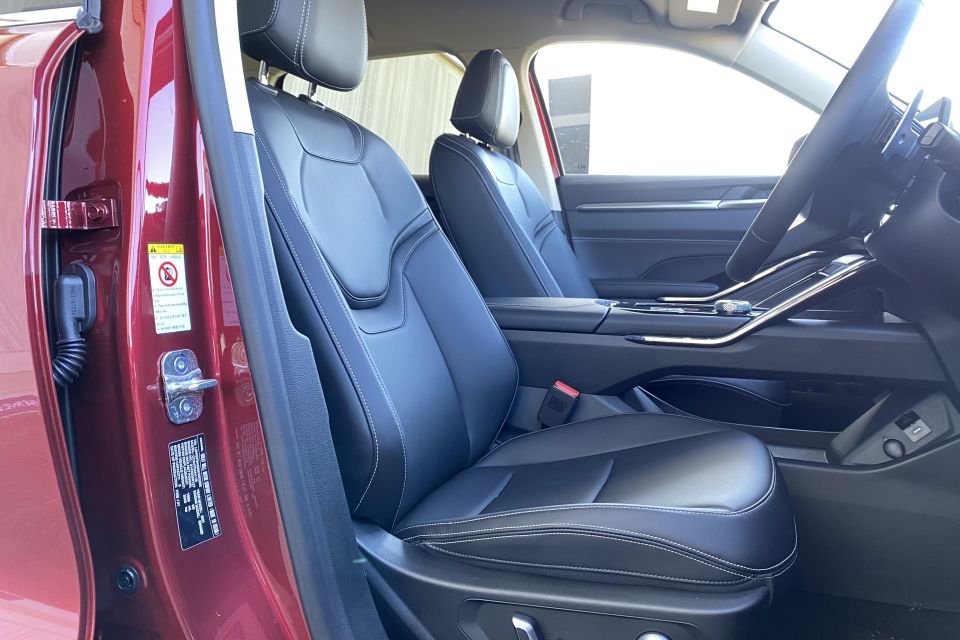
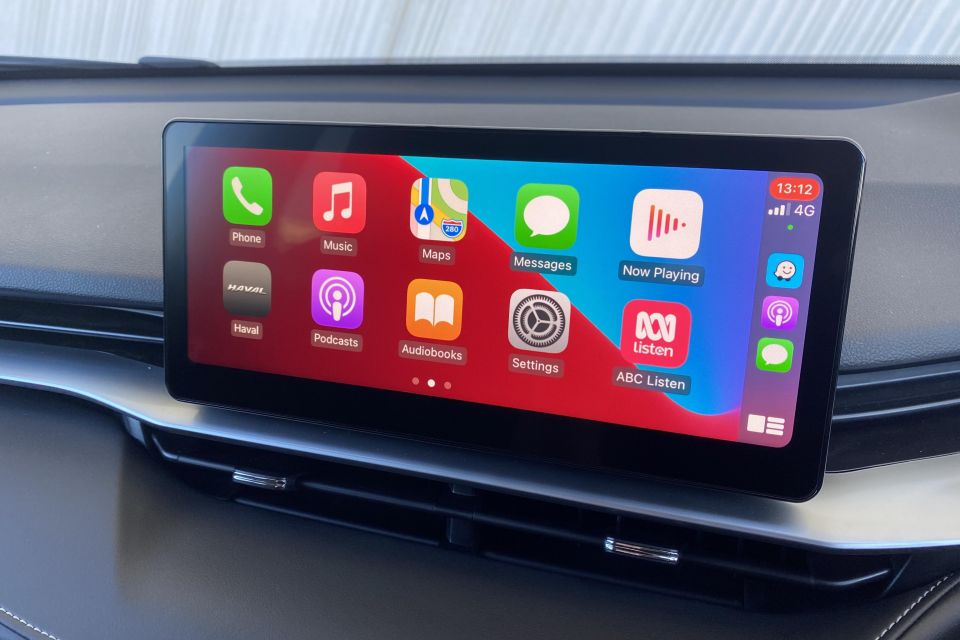
While the Haval doesn’t greatly undercut the aforementioned competitors on price, it offers a long list of standard features that’ll put the better-known contenders to the sword.
The base H6 Premium comes with:
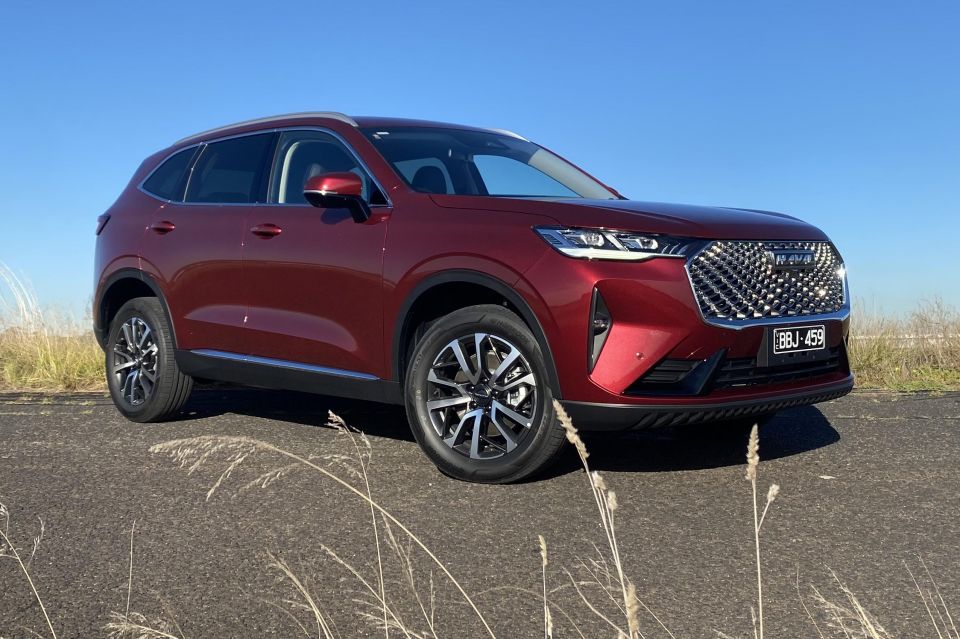
Our H6 Lux mid-spec model adds:
Finally, the H6 Ultra adds:
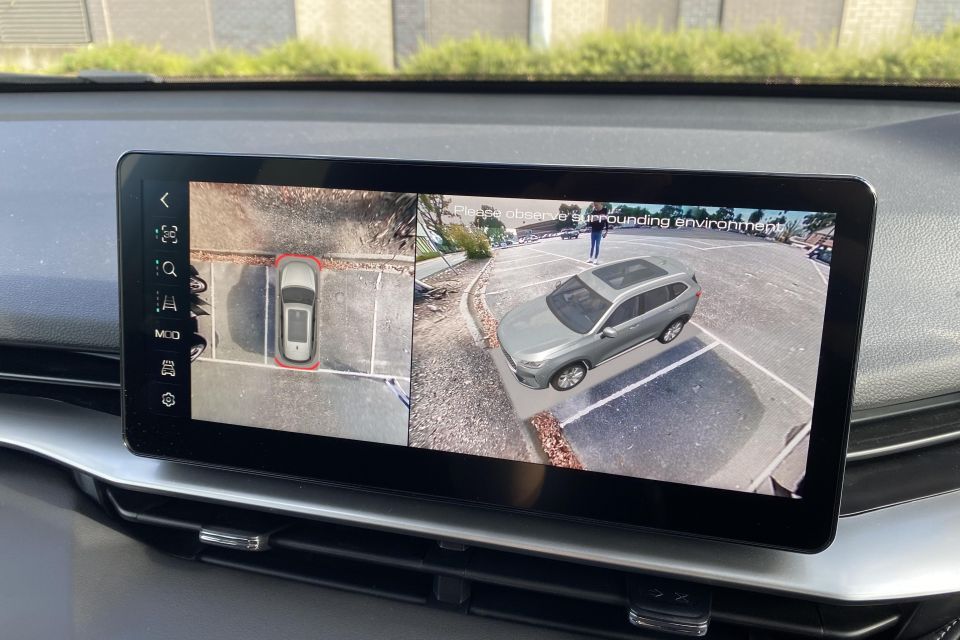
It’s certainly well-equipped with safety features.
This list includes dual front, front-side, and two-row side-curtain airbags like all rivals, plus the still-uncommon front-centre airbag designed to mitigate head clashes in side impacts.
You also get secondary collision mitigation, manoeuvre emergency braking, active cruise control, lane-keeping-by-steering aid with active lane-centring, blind-spot monitoring, rear cross-traffic alert, rear door-opening warning, front- and rear collision warning, traffic-sign recognition and autonomous emergency braking active for cars, pedestrians, cyclists, and at junctions.

The H6 has a Mobile Eye Q4 autonomous driving chip, has 14 radars and five cameras, and offers a Level 2+ self-driving capability.
The combination of these features on highways is pretty impressive for a $34,000 vehicle. It can match the speed of the car ahead, steer between road lines, monitor your blind spots, and emergency brake on its own.
The 10.25-inch digital instrument display also has a mode to show you what the active cruise control is doing, lighting up a diagram of a car ahead in green when the camera/radars are locked on.

The only obvious item in need of some refining seems to be the Intelligent Cornering function that calculates the road-surface curvature ahead and slows the car for “easily cornering”.
Whether it was this feature or something else, the H6 with active cruise on did sometimes gradually slow down for no immediately obvious reason.
Unfortunately despite all this, there isn’t (yet) an independently verified ANCAP crash report – something the MG HS has.
“[There is] no date confirmed yet but it is our intention to seek an ANCAP test result,” the company told us.
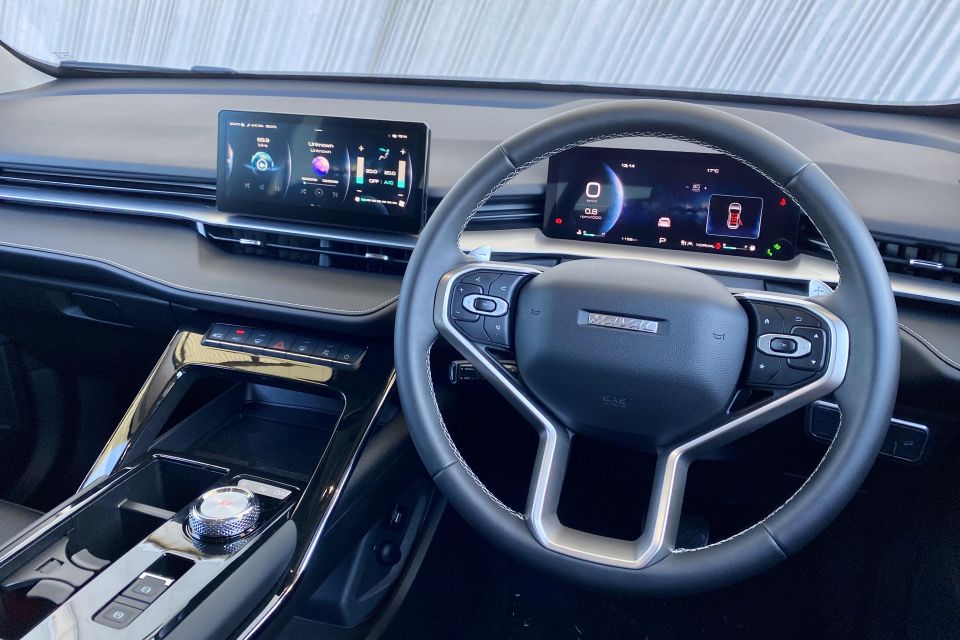
This isn’t what you’d imagine a cheap SUV’s interior should feel like.
The steering wheel is wrapped in good-quality leather, while the materials used atop the dash and along the fascia are well-chosen in terms of aesthetics and tactility (dust-prone glossy black inlays aside).
Both the wheel and seat have ample adjustment to get ergonomics right, though the circular dial in lieu of a gear shifter and the Mercedes-style cruise control stalk below the left-mounted indicator take a minute of getting used to.
As well as nice materials, the build quality is also good. The centre tunnel neither squeaks or wobbles, the shut lines are consistent, and the limited array of buttons are damped.
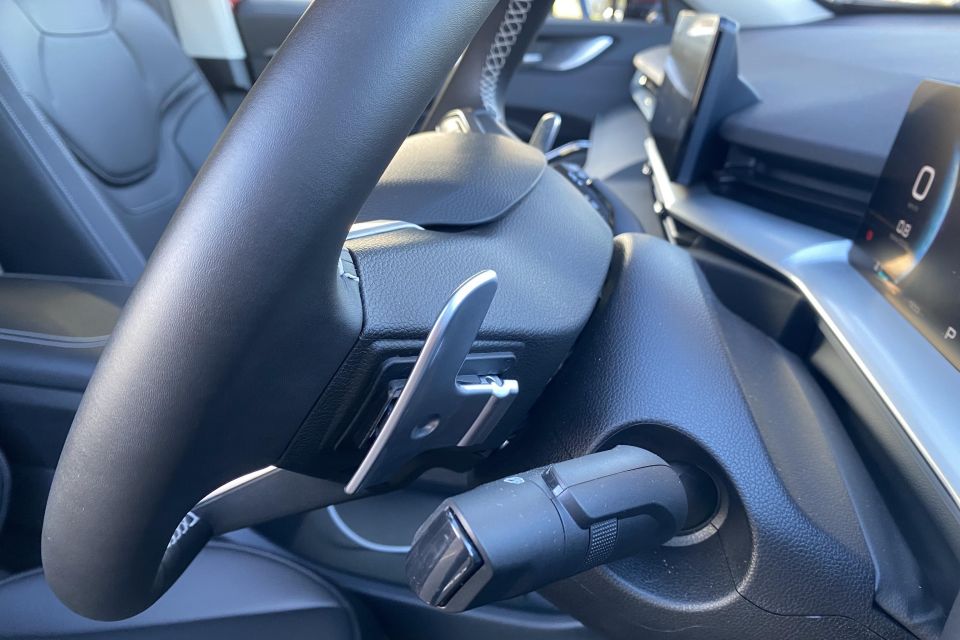
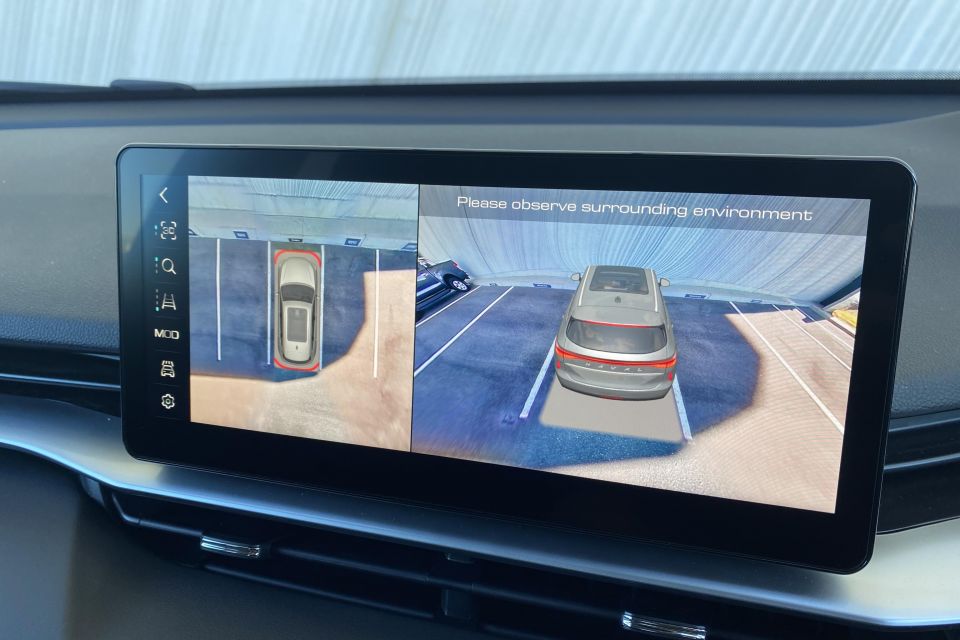
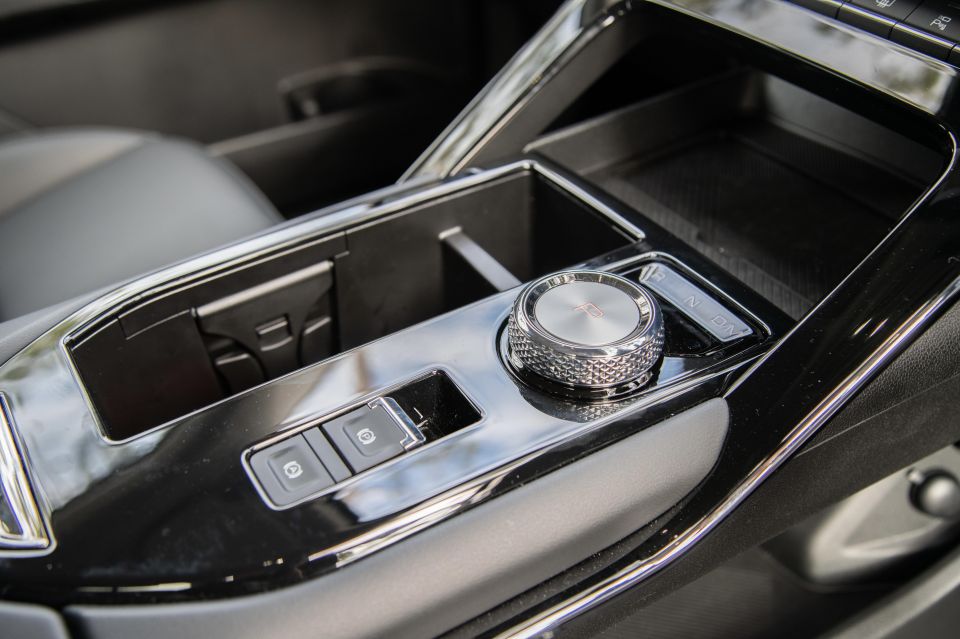

The cabin tech is first-rate. The floating LED screen ahead of the driver is a neat way of displaying information in lieu of conventional instruments, and has a high resolution and various sub-menus to scroll through. The flagship model’s virtual cluster is augmented by a head-up display.
The centre touchscreen is large even in mid-spec grade and works well, with quick load times and pinch/swipe/zoom capabilities like a smartphone. There are a few too many functions buried in menus (fan speed and seat heating for example) but overall it’s an above-average array.
The four 1280 x 720 megapixel HD parking cameras are also far better than most rival offerings. The screen doesn’t only show you a bird’s eye 360 view, but lets you move around an animation of the vehicle with your index finger to really make sure you’re parking it properly.
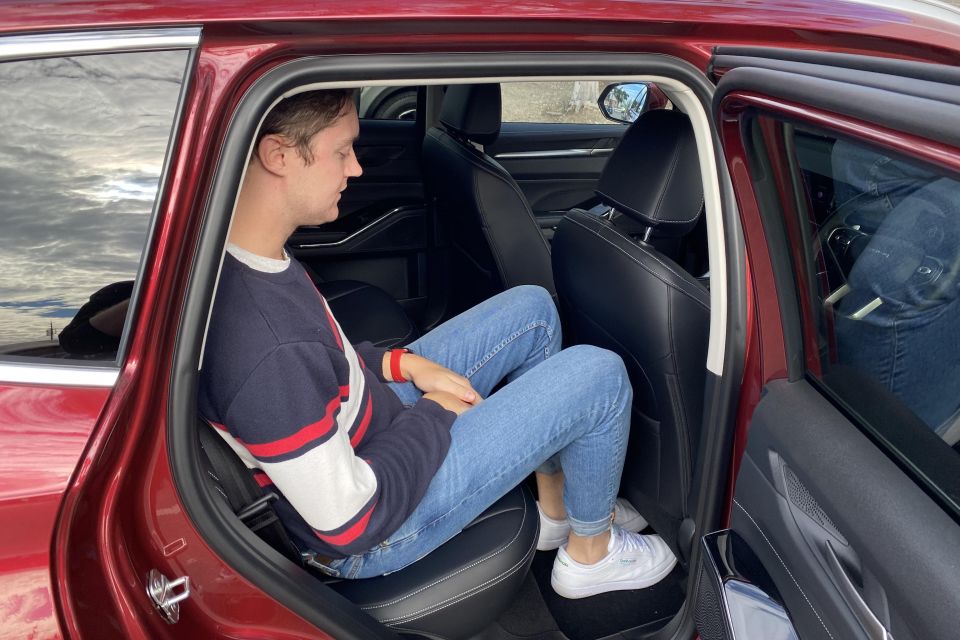
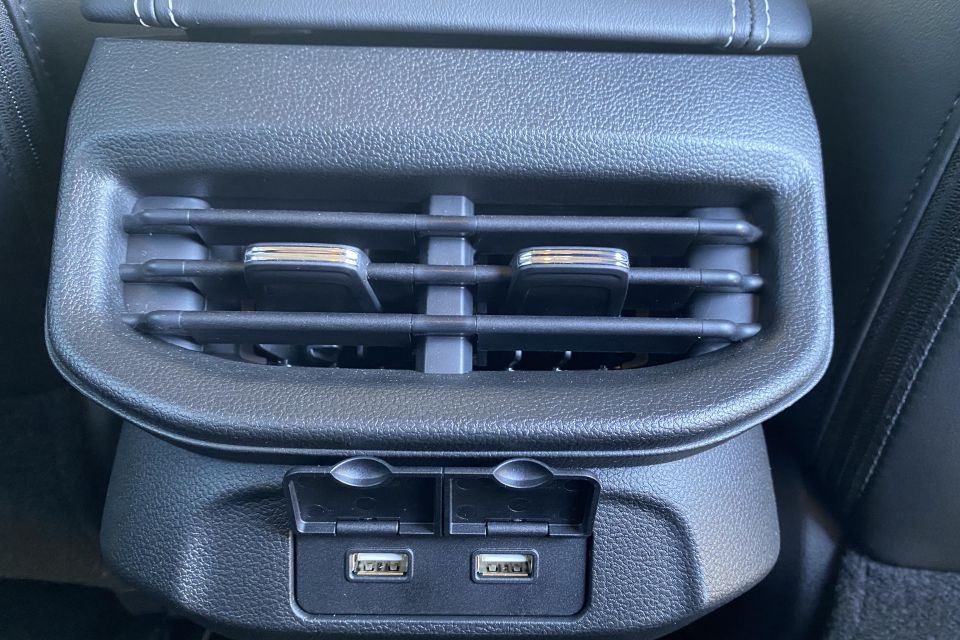
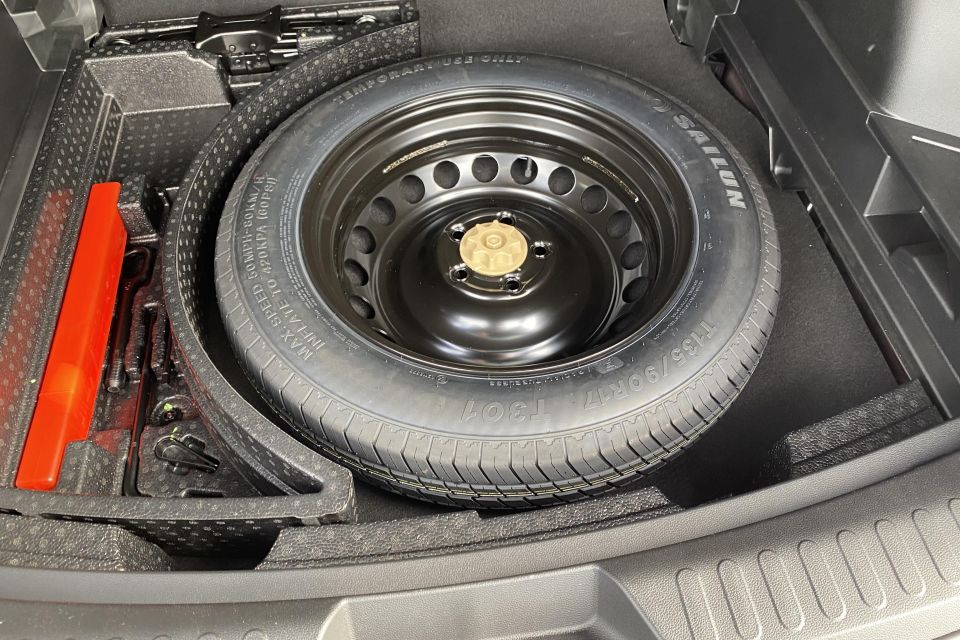
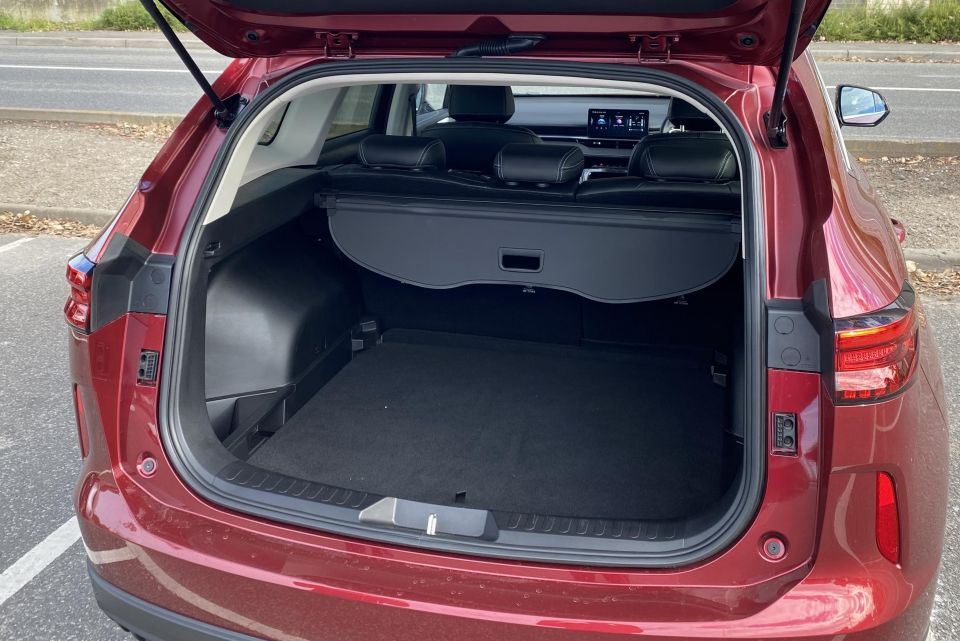
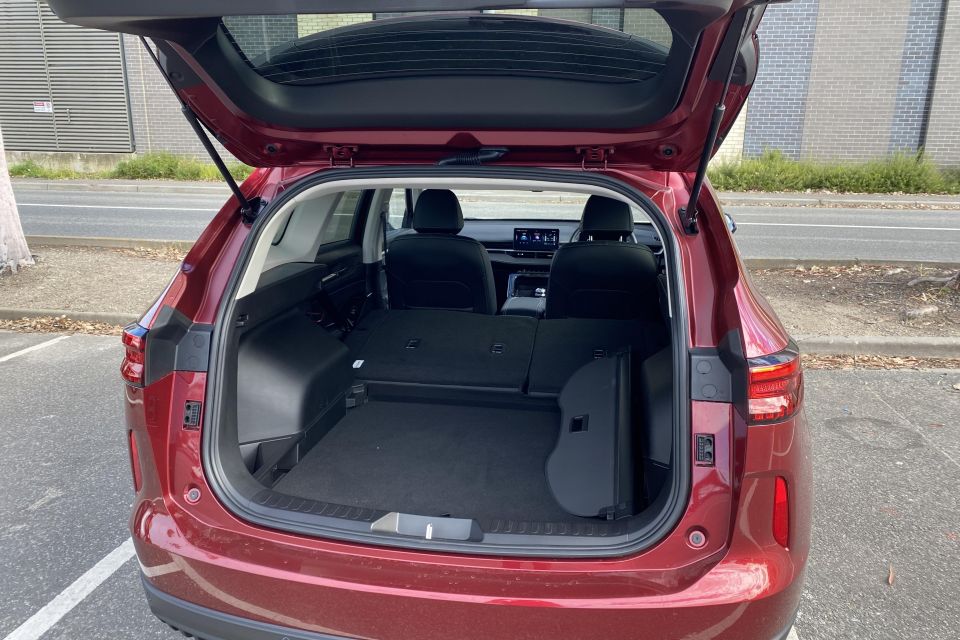
The sole option for in-car mapping for now is Apple CarPlay, though Android Auto “will be available shortly” according to the company.
The back seats offer USB points and a flip-down centre armrest, and are also as spacious as a Honda CR-V’s – generally seen as the practicality leader in this segment – though the doors don’t open quite to 90 degrees.
My 200cm tall colleague Scott could comfortably sit behind my (194cm) driving position, while the centre seat is quite useable on account of the flat floor. The boot stores a claimed 600L with the back seats in use, though the loading lip is high and the tailgate manually operated.
| Haval H6 | MG HS | Nissan X-Trail | |
|---|---|---|---|
| Length | 4653mm | 4574mm | 4690mm |
| Width | 1886mm | 1876mm | 1820mm |
| Height | 1724mm | 1685mm | 1740mm |
| Wheelbase | 2738mm | 2720mm | 2705mm |
| Boot space | 600L | 463L | 565L |
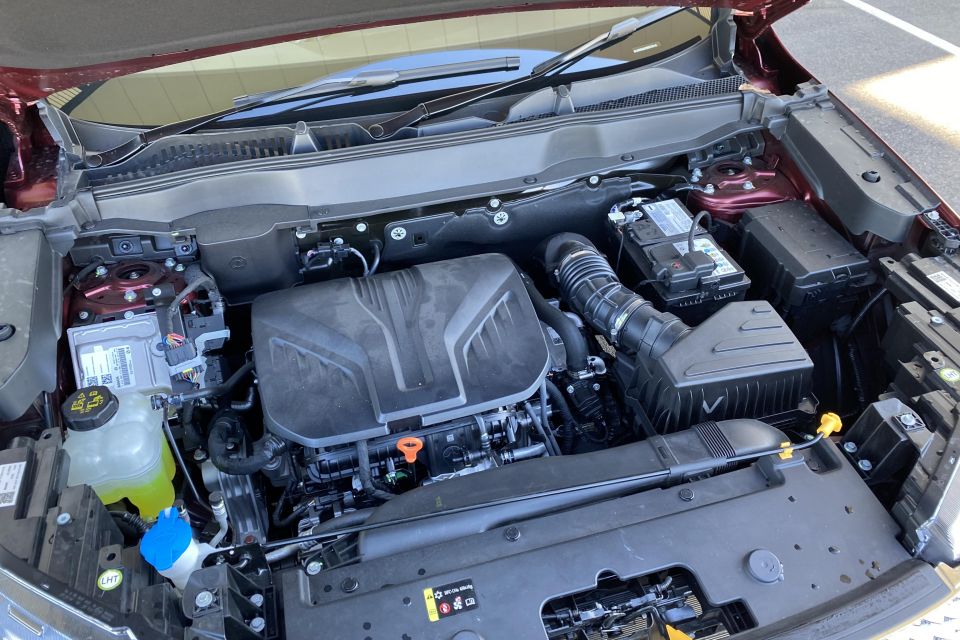
It runs an in-house 2.0-litre turbocharged petrol engine producing 150kW of power at 6000rpm and 320Nm of torque between 1500 and 4000rpm.
These are pretty high outputs at this price point. The equivalent Outlander’s 2.4-litre non-turbo makes 124kW/220Nm, an X-Trail’s 2.5-litre makes 126kW/226Nm, and the MG HS’s 1.5-litre turbo offers 119kW/250Nm.
The Haval’s engine drives the front wheels through the company’s own seven-speed dual-clutch automatic transmission, is rated to tow up to 2000kg, and uses a claimed 7.4 litres per 100km on the combined cycle.
A highway-biased fuel economy test yielded 7.1L/100km consumption, while a more mixed-cycle route ended up at 8.5L/100km.
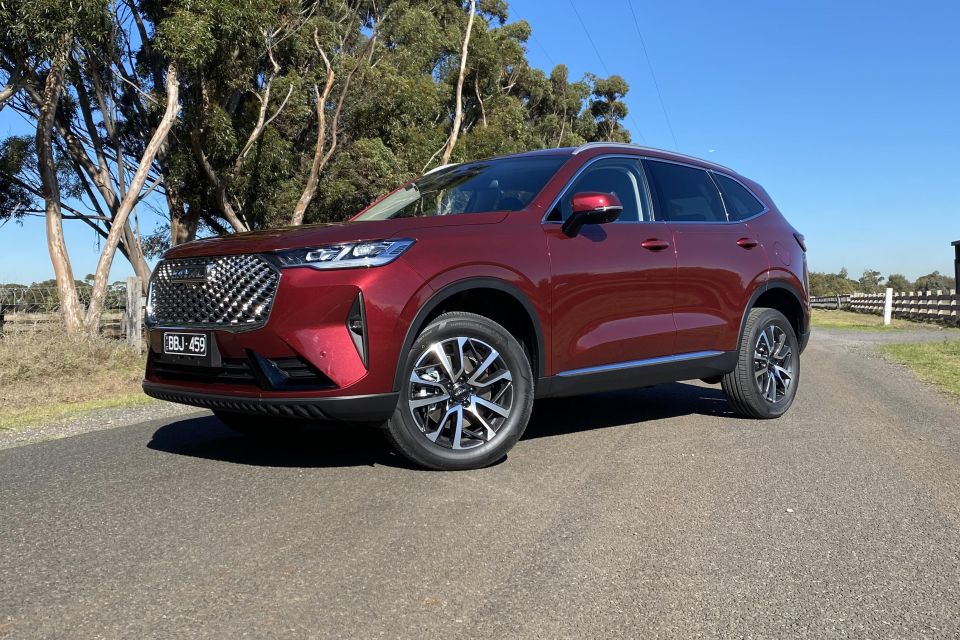
The H6 sits on a new modular (stretchable) architecture with independent suspension at each end, new electric-assisted steering, and a new off-the-shelf Bosch 9.3 ESP system.
Haval also claims to have fitted seven “NVH acoustic packages” to cut road and wind noise, and to have produced the body from high-strength thermoformed steel with 2000 MPa of yield strength in parts. In other words, it’s pretty stiff and strong, though as we said earlier not yet independently crash tested.
I recorded a decibel test of 68dB over my test road at 100km/h, which was quieter than a Honda CR-V tested concurrently.
There are various driving modes controlled through the touchscreen that change the throttle tuning and steering resistance. The engine also has a stop/start system.
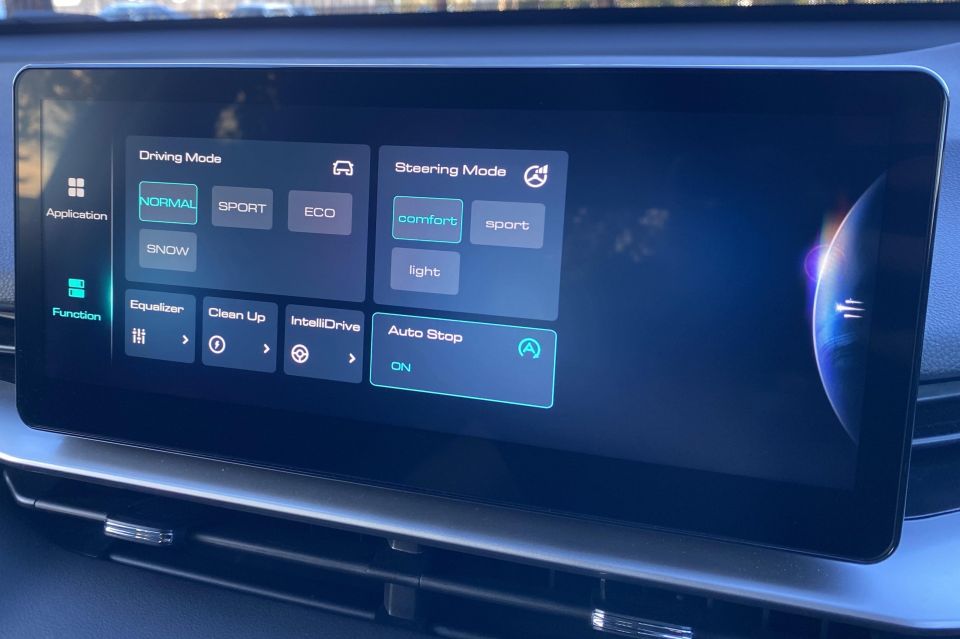
The engine punches along pretty well, given my zero to 100km/h acceleration tests returned times between 7.7 seconds and 8.0 seconds. It’s also fairly smooth and torquey down low, and the DCT isn’t overly jerky or jittery in congestion, though I still think a torque-converter auto or even a CVT is a smoother solution for commuting.
Sometimes the torque does overcome the front Hankook tyres though, with the H6 having a propensity to chirp and spin the front wheels if you attempt to get off the line too swiftly.
The flagship model comes available with a BorgWarner Haldex V all-wheel drive system with a lockable 50:50 torque-split capability which I’d love to see across the range, because it would nip the wheel-chirp problem in the bud.
The steering is nicely weighted and the ride quality generally pretty compliant and good at rounding off corrugations. The only major flaw I found in my launch drive was a propensity for the suspension to thunk loudly over speed bumps. I don’t believe it was hitting the bump stops because it felt ok, but there was definitely too much noise inherent to the tune.
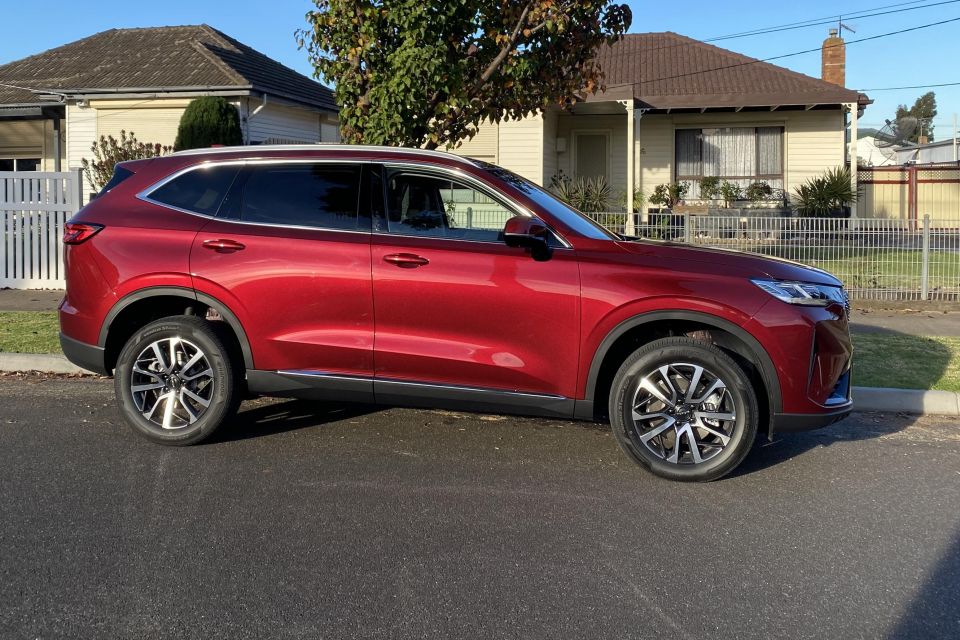
Where expert car reviews meet expert car buying – CarExpert gives you trusted advice, personalised service and real savings on your next new car.
GWM Haval’s factory distributor offers a long warranty to reassure brand skeptics – something we should all be when faced with a new challenger.
It lasts for seven years and has no distance limit, and includes five years or 100,000km of roadside assistance.
Servicing costs are also reasonable. The first visit is due to 12 months or 10,000km and costs $210, but from here the service intervals improve to 12 months and 15,000km. The second visit costs $280, the third $380, the fourth $480, and the fifth back to $210.
GWM Haval has an Australian dealer network comprising just over 50 sites.

Are you ready to take a chance on a new-ish brand that has probably never been on your shortlist before?
It’s entirely understandable if you’d rather stick with tried-and-true products, and in that case the Outlander or X-Trail are your best bets.
But from a value-for-money perspective, this Haval H6 is an achievement and a half. It’s also high-tech and spacious, gets up and goes pretty well, and to my eyes looks handsome in a conventional sort of fashion.
It’s hard to imagine that Haval won’t enjoy sales growth at least party similar to MG, and based on this mid-sized SUV I’d say it’s even more deserving.
Where expert car reviews meet expert car buying – CarExpert gives you trusted advice, personalised service and real savings on your next new car.


Andrew Maclean
1 Month Ago


Josh Nevett
1 Month Ago


Matt Campbell
24 Days Ago
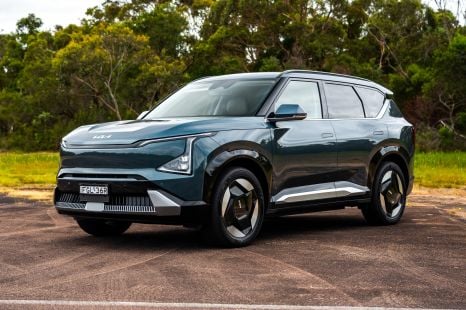

James Wong
17 Days Ago


CarExpert.com.au
11 Days Ago
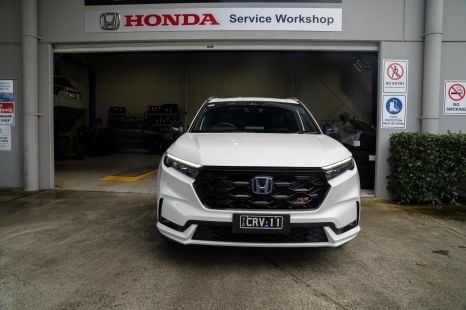

CarExpert.com.au
9 Days Ago